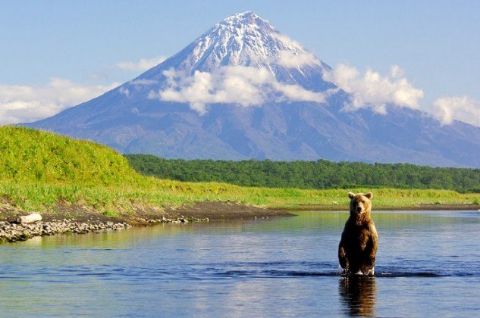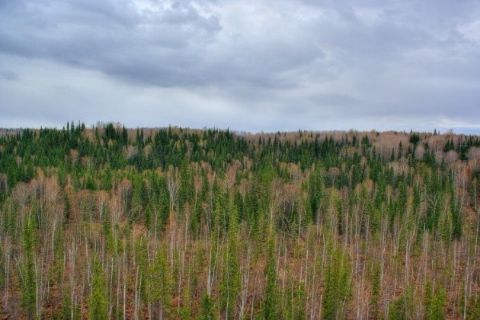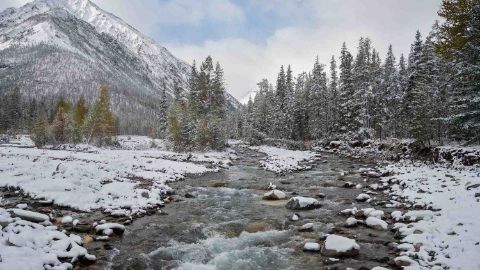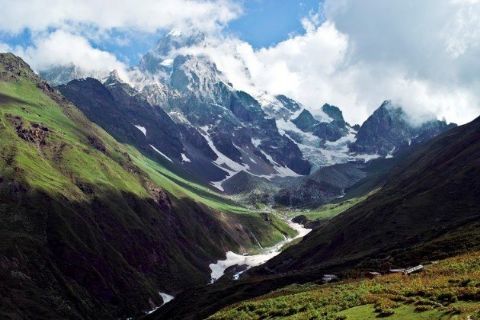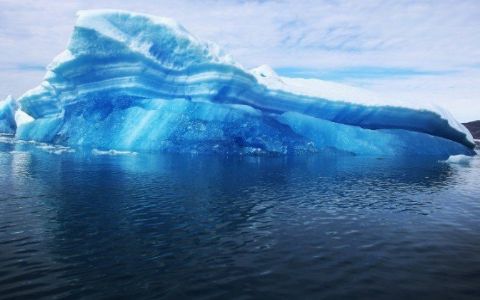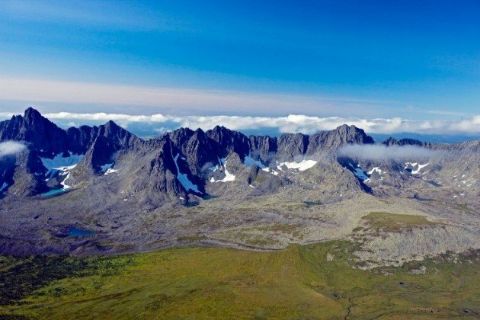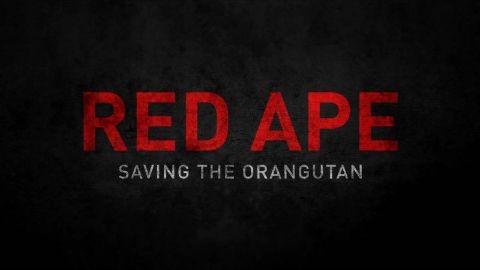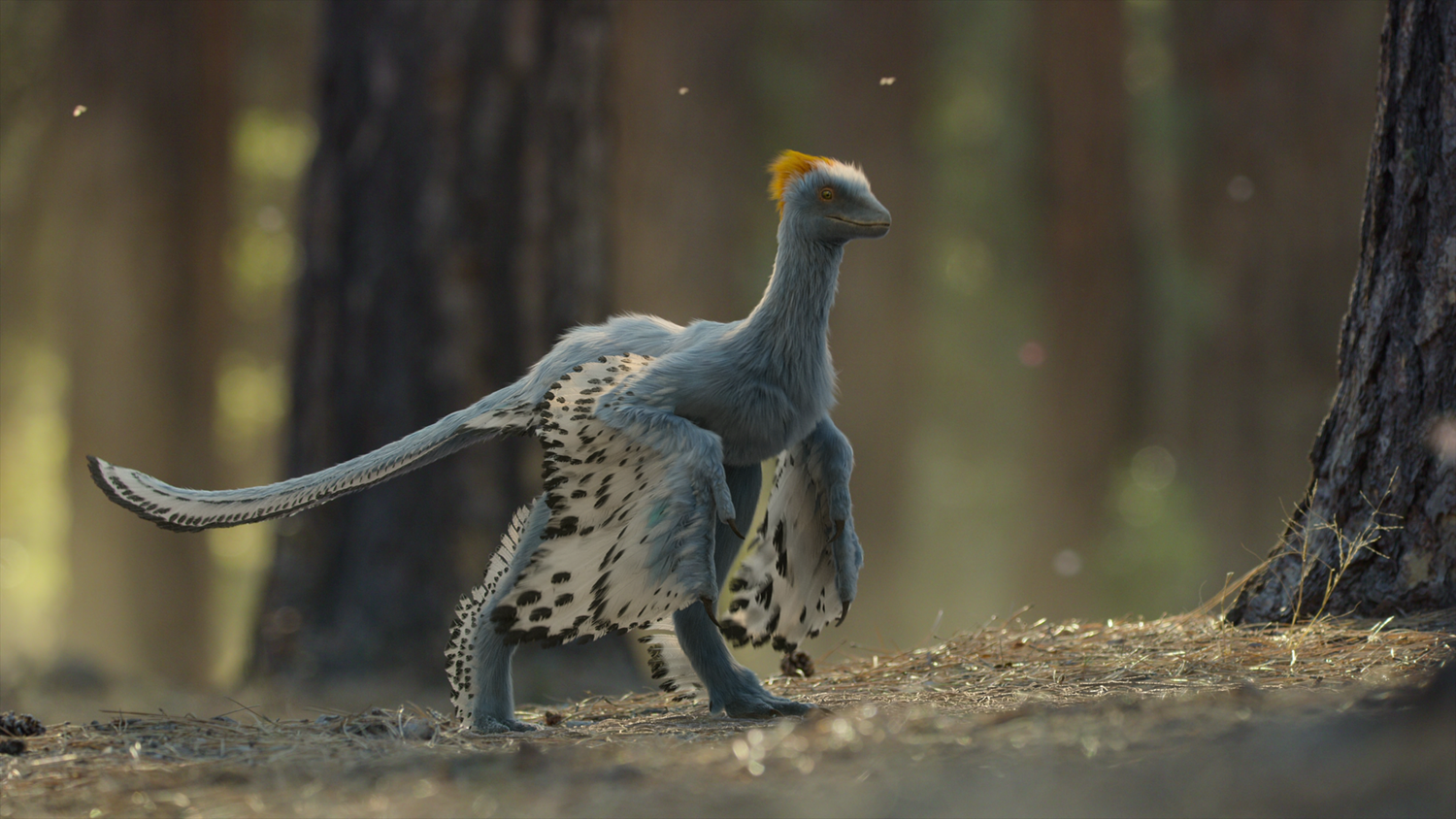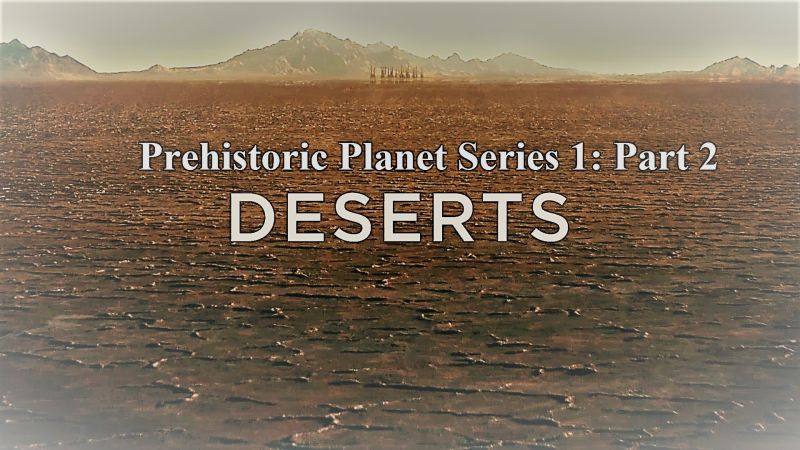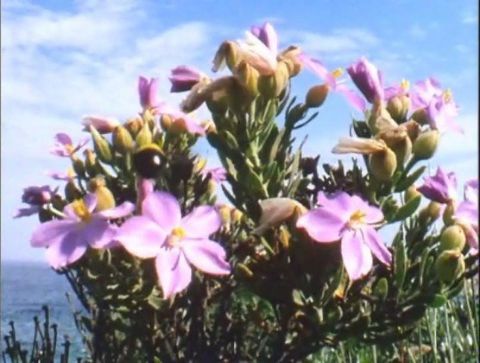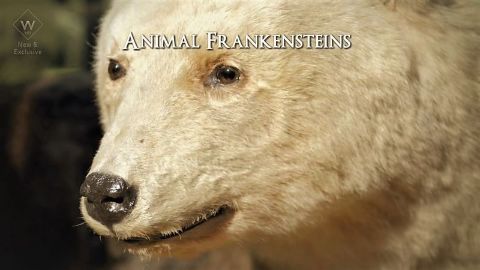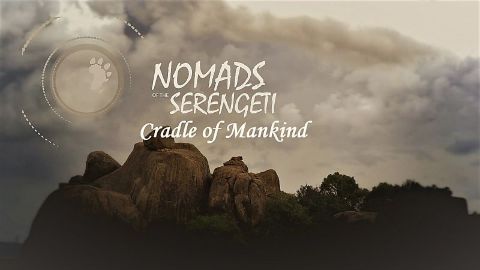Wild Russia • 2009 • 6 episodes •
The volcanic Kamchatka peninsula is located on the far east of Russia. Because of the frequent volcanic eruptions and landslides, the terrain is constantly changing. But, despite the fact that the remote Kamchatka region is considered dangerous, it is unusually rich and fertile. Exploring the riches of this magical land, our film does not miss anything. In the frame - the golden eagles soaring in the sky, the wolverine, scavenge, the whole family of red foxes, and even the owners of these places - brown bears, happy to take baths in natural hot springs.
2009 • Nature
There is no uncommon sight hanging on the trees of Asian black bears, chipmunks, scurrying about in search of food, as well as the sika deer, gracefully descend to the water to supplement your diet with brown algae. The very presence of deer and deer attracts the largest predator in this region - the Amur tiger. But the world's largest wild cat is also at risk. Poaching and destruction of habitat of tigers in the Ussuri taiga in Russia for many years have created a real threat of extinction of this rare animal.
2009 • Nature
Siberia - It accounts for 10% of the land on our planet. Siberia is known for its frost and is known worldwide as one of the coldest places on earth. However, Siberia is home to numerous species of large wild animals, beasts and other creatures, including musk deer, camel, gazelle and rare species of lizard - Siberian salamander, which can be several years in a frozen state at - 40gradusov C and survive. From the cold north to the southern steppes - all Siberia, in all its splendor. Kamchatka - Land exploding volcanoes and glaciers, a country of ice and fire.
2009 • Nature
From the snow-white peaks to scorching sun of deserts - all the Caucasus. Caucasus Mountains - not just a mountain ridge. This is a rich habitat for many species of flora and fauna, which feel great on the wooded slopes, and alpine meadows, and even in salt marshes. It is well settled down wild boar, Eurasian lynx, European bison and the rare fragile ophidian lizard. Caucasus - is another jewel in the crown of Wildlife Russia.
2009 • Nature
The Arctic region of Russia is considered the most inhospitable places to live. But polar bears, lemmings, Arctic foxes, and seals - Arctic - simply heaven. In late August, with the onset of the breeding season is going very strong male musk for traditional competitions for the right leadership in the pairing with females. Weight of an adult bull can reach 400 kilograms. In a skirmish with a rival musk ox to deliver a decisive blow running away at 40 miles per hour. Sound from the blow horns fighting males can be heard at a distance of more than one kilometer.
2009 • Nature
Take a journey through majestic primeval forests of the Urals. These protected sites are known for their extremes, where the fine side by side, and giant deer, and giant leviathan, weighing half a ton, and tiny animals. This also, in search of food, make their seasonal raiding Eurasian elk. Unlike other types of elk Eurasian elk live alone, so for the pregnant female elk stress of meeting with other animals usually leads to a fight. As soon as the snow begins to melt in the woods, baring the ground, a lone wolf set out in search of food, not disdaining the frozen remains of animals
2009 • Nature
